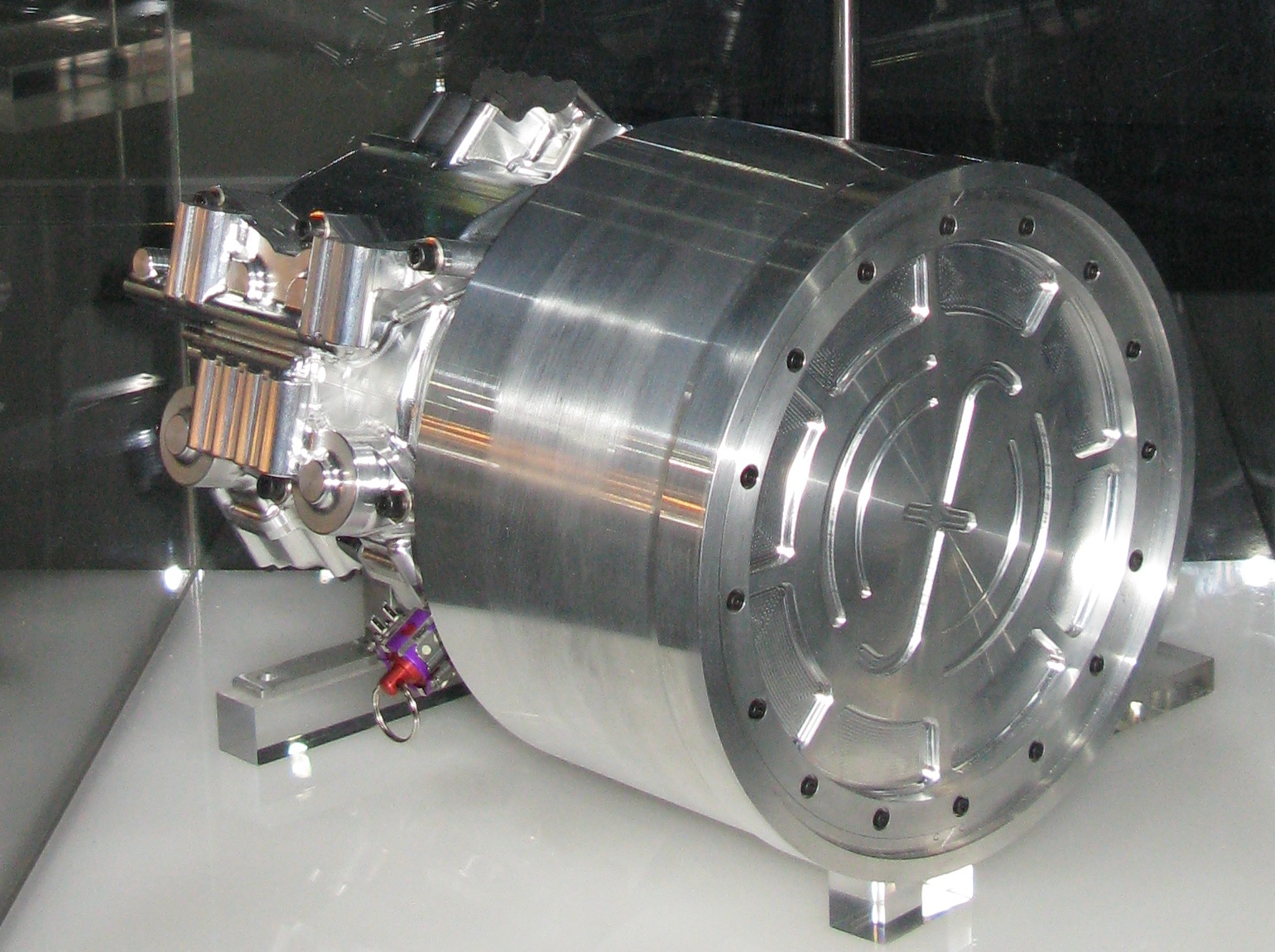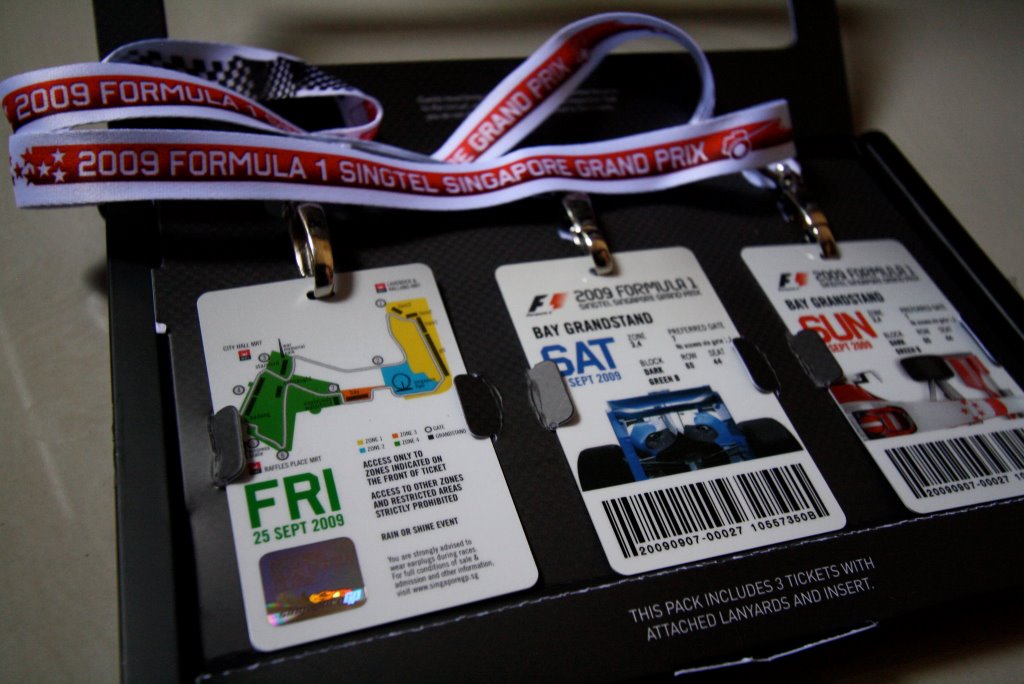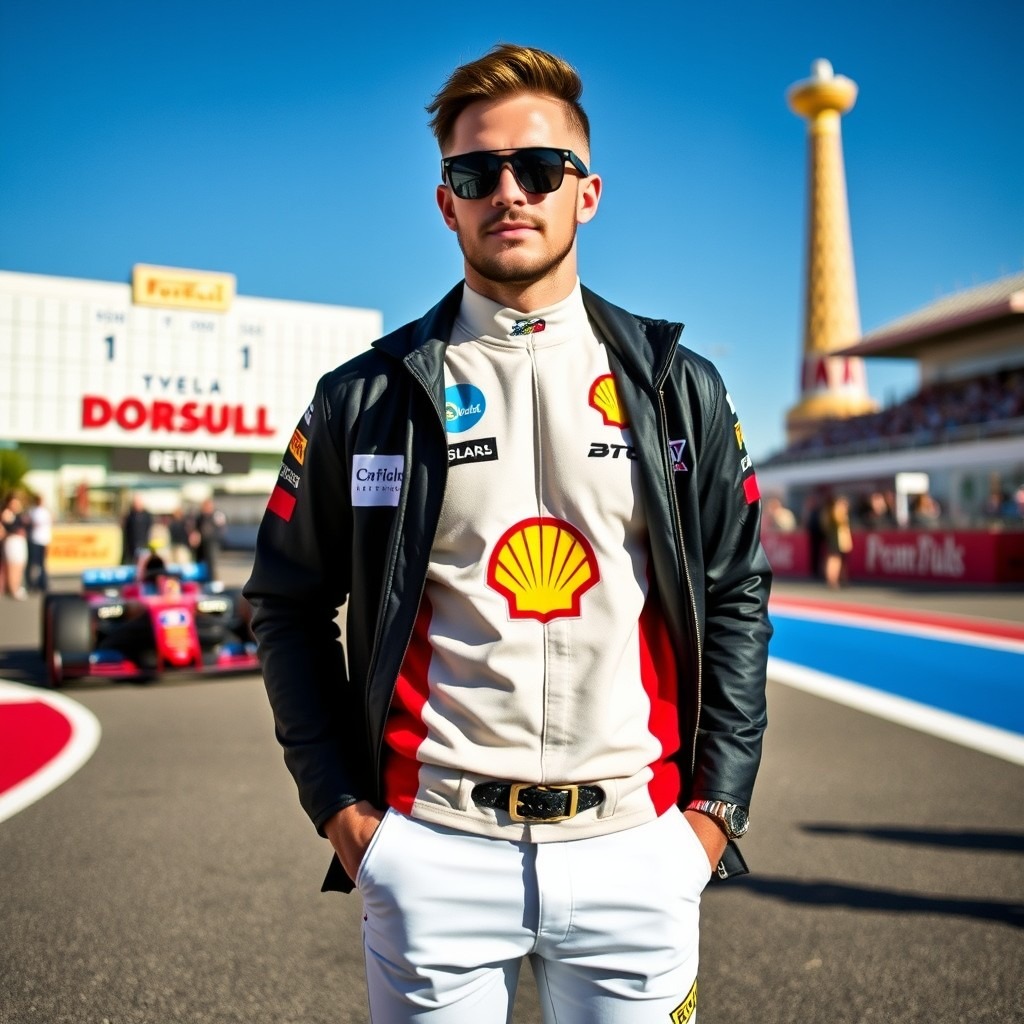You’ve probably heard commentators drop the phrase “ERS deployment” mid-race and thought: “What on earth is ERS in F1?” The short answer: ERS is Formula 1’s secret boost button. It captures energy that would otherwise be wasted and redeploys it as speed. Think Mario Kart’s mushroom, only turbocharged by physics and billion-dollar engineering.
But ERS isn’t just a trick for overtakes. It’s one of the reasons F1 cars are as fast and efficient today. Let’s break it down — in plain English, with real race examples.
What is ERS in Formula 1?
Every Formula 1 car on today’s grid—Red Bull, Mercedes, Ferrari, even Williams—runs with an ERS. It’s not optional; it’s been written into the rulebook since 2014.
ERS stands for Energy Recovery System. This is a hybrid technology. Its job? Collect wasted energy (from braking and hot exhaust gases), store it in a battery, and give the driver up to 160 extra horsepower when needed.
That’s enough extra power for about 33 seconds per lap. Yes, it might not sound like much, but in F1, it’s the difference between making a pass, defending a position, or missing out. In other words, ERS makes F1 cars faster and smarter.
But How Does the ERS Work? The Four Pillars
F1 loves acronyms, so the system is made up of four key components:
- MGU-K (Motor Generator Unit – Kinetic): Harvests energy when the driver brakes and turns it into electricity. Then, it can provide a significant boost when the driver hits the throttle.
- MGU-H (Motor Generator Unit – Heat): Captures energy from the hot exhaust gases and helps keep the turbo spinning, reducing lag.
- ESS (Energy Storage System): A lithium-ion battery — stores all that harvested energy.
- Control system: Software and steering-wheel buttons that let the driver choose when to deploy the boost.
Rules matter!
All ERS components must adhere to the current Formula 1 technical regulations.
- Therefore, the design must be compatible with the 1.6-liter turbo-hybrid V6 engine.
- MGU-K can harvest up to 2 MJ per lap and deploy up to 4 MJ.
- The MGU-H has no official recovery limit, but it’s naturally constrained by engineering realities.
Overall output: both MGU-K and MGU-H can’t exceed 4 MJ per lap to the car’s rear wheels. This means drivers can’t just spam the “boost button” every lap—they must strategically plan when and where to use it.
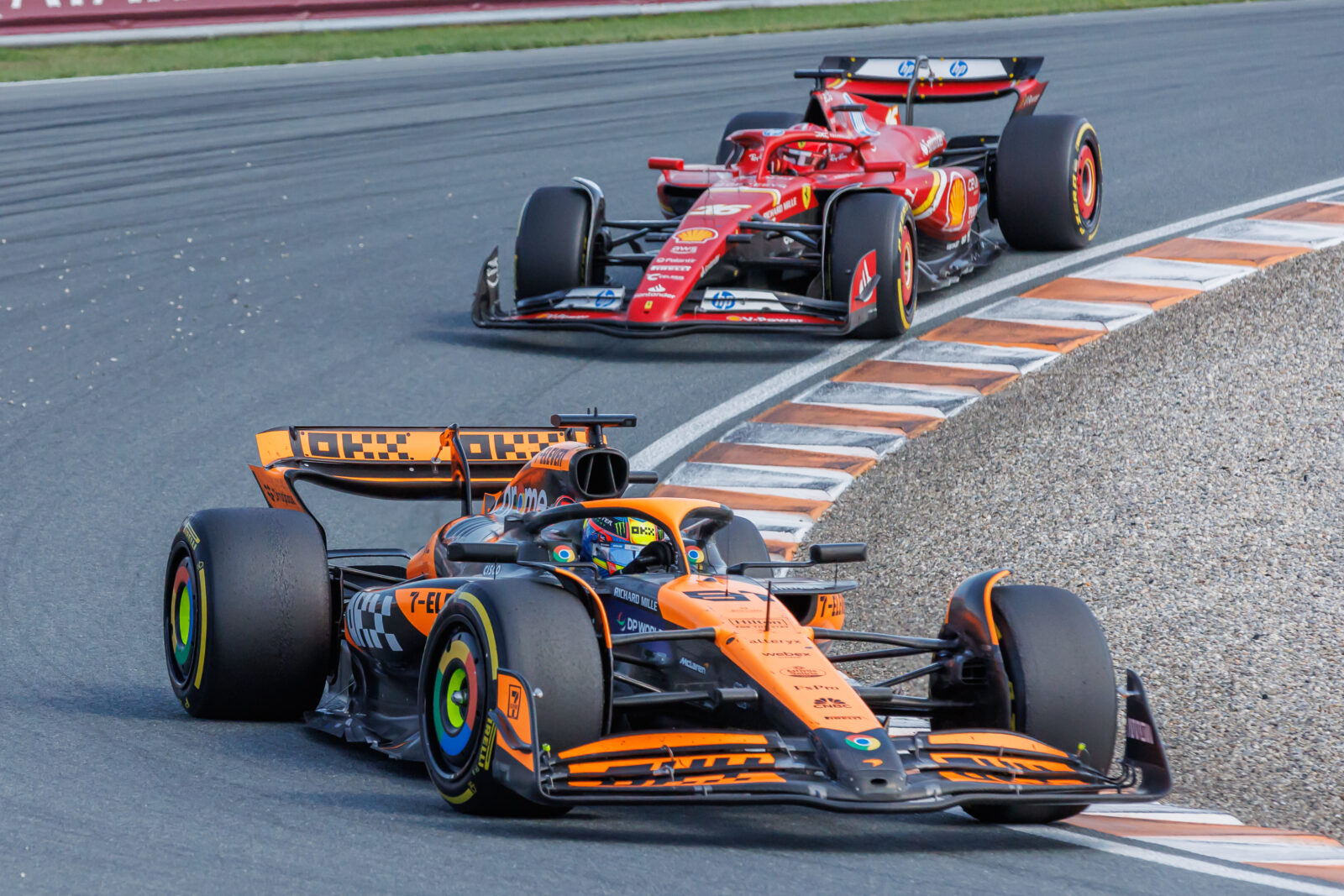
Why ERS Changed the Game
When ERS first arrived, it was clunky. Batteries overheated, systems failed, and sometimes drivers pressed the button only to get… nothing. However, teams like Mercedes, Red Bull, and Ferrari invested significant effort into making the ERS reliable and efficient.
Fast-forward to today, and ERS is central to race strategy. Entire Grand Prix battles can hinge on how cleverly a driver manages their ERS. Here’s more on the racing startegies in Formula 1.
ERS in Action: Real Race Examples
And here the ERS becomes a chess match, as drivers and teams must decide:
- Overtaking: Save energy, then deploy on a long straight to blast past rivals.
Example: In Brazil 2023, Fernando Alonso stalked Sergio Pérez lap after lap. He saved his ERS, then pounced with a perfectly timed burst — blasting past a quicker Red Bull.
- Defending: Use ERS to hold off a faster car.
Example: At the Singapore GP 2023, Carlos Sainz didn’t just drive fast; he played ERS like a violin. By recharging in tight corners and deploying on straights, he held off Norris and both Mercedes to seal a masterful win.
Qualifying: Time a full battery boost for a flying lap, often recharging on slow laps before a final push.
Perfect one: At the 2015 Mexican Grand Prix qualifying session, Lewis Hamilton built his pole lap around ERS. He eased off during a slow prep lap to recharge, then unleashed the full battery down the temple-of-speed straights. That perfectly timed deployment helped to maximize his speed and secure the fastest lap, despite the challenging track conditions. It demonstrated how the ERS can transform a single lap into a magical moment.
In short, ERS isn’t just an extra horsepower. It’s a mind game. As for the ‘Art’ of using the ERS – read this Divebom article.
Pretty simple at the moment, right? Not so, because the ERS strategy varies from one circuit to another.
ERS Strategy Varies by Circuit
- High-speed tracks (Monza, Baku): Save and unleash one huge burst down the straights.
- Tight, twisty tracks (Monaco, Hungary): Multiple short bursts out of slow corners work better.
- Weather twist: In wet races, harvesting energy gets trickier, forcing teams to improvise.
Even driving styles differ. Some drivers prefer the “all-in-one shot” approach, while others smooth out their deployment for consistency. Ultimately, the best ERS strategy is tailored to the unique demands of each race weekend.
ERS vs DRS vs KERS — Don’t Mix Them Up
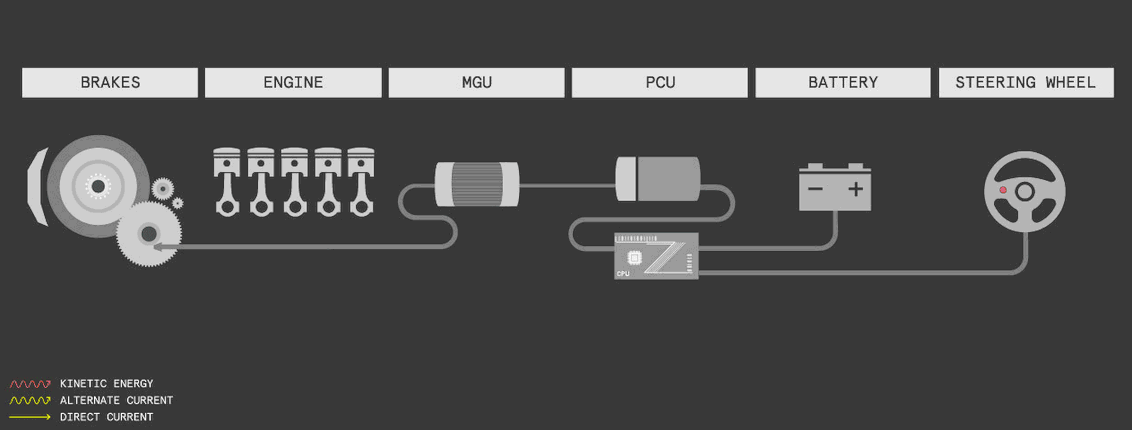
- ERS (Energy Recovery System): A Hybrid battery system that recycles wasted energy into power.
- DRS (Drag Reduction System): Opens the rear wing for more top speed — only in designated zones. Here’s our DRS guide.
- KERS (Kinetic Energy Recovery System): A simpler 2009 predecessor to ERS. It was heavier, less efficient, and eventually replaced.
Remember: DRS is aerodynamics, ERS is electricity, and KERS was the prototype.
Beyond the Track: Why ERS Matters
ERS isn’t just for Sunday’s race and Formula only. You wonder, but the same principles now power your road cars: regenerative braking in Teslas, hybrids like the Toyota Prius, and even high-performance BMWs and Mercedes EVs.
And the future? From 2026, F1’s ERS will become three times more powerful, as part of new hybrid rules. That means more electric shove, more strategy, and even stronger ties between F1 and the cars we drive every day. Here’s more on YouTube on ERS’s changes for the 2026 season.
A few ERS Q&As, just to be sure
ERS stands for Energy Recovery System. It captures wasted heat and braking energy, stores it in a battery, and gives drivers up to 160 extra horsepower when deployed.
ERS can add around 160 hp (120 kW) for about 33 seconds per lap.
Drivers harvest energy on slow corners and deploy it on straights or key moments. The best strategies differ by track, weather, and driver style.
ERS is hybrid power: it recycles energy into speed. DRS is aerodynamic: it opens the rear wing to reduce drag in specific zones.
No. KERS was the 2009 prototype system—bulkier and less efficient. ERS is the evolved, smarter, more powerful version introduced in 2014.
The same tech is now in everyday vehicles—regenerative braking in EVs and hybrids. What wins races on Sunday often drives your commute on Monday.
New F1 rules will triple ERS power, pushing cars closer to electrification.
Watch Like a Pro
Next time you’re watching an F1 race and hear the phrase “battery deployment” or “harvesting mode”, you’ll know exactly what’s going on. It’s not jargon — it’s the tactical heartbeat of modern Formula 1. As for the Formula’s slang – here’s our beginners’ guide.
ERS in F1 is more than a system. It’s the difference between chasing… and winning.
Thanks to RTR Sports Marketing for providing the knowledge base for this post.

